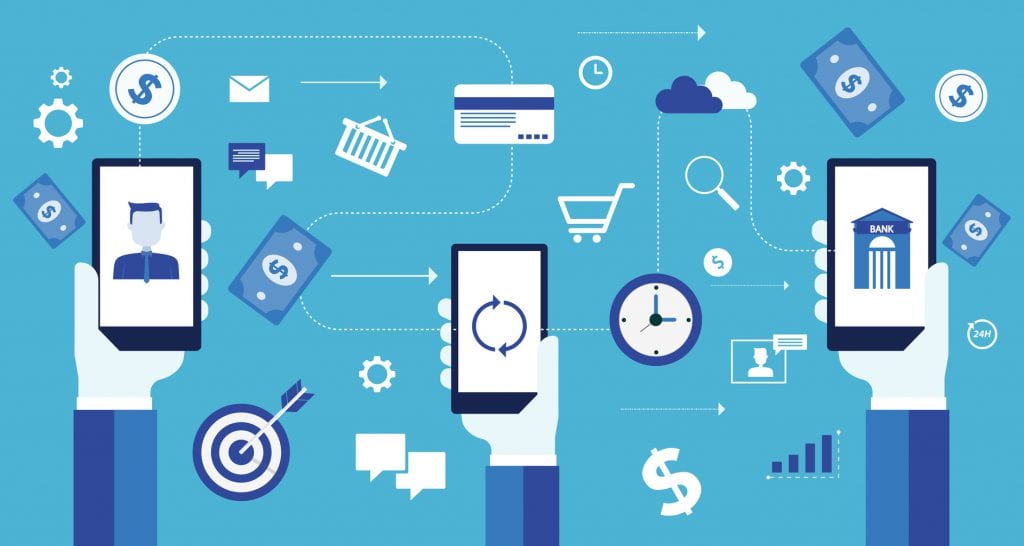In phase 1 of the network token wars, the networks gave up territory to mobile device manufacturers in return for enabling mobile payments. In phase 2, networks intend to enable tokenized payments in web browsers, mobile bank apps, and 3rd party mobile apps. While Visa made a similar announcement on June 7th, the recent MasterCard announcement has received significantly more press, as in this video interview between Rhonda Schaffler and Gary Lyons on The Street which includes the following blurb:
“MasterCard ( MA) is expanding its Masterpass digital payment system, partnering with numerous banks and retailers to give consumers the ability to use the service for in-store purchases. The enhanced service will be rolled out over the next few weeks. Garry Lyons, chief innovation officer at MasterCard, said the improvements to Masterpass will change the face of digital payments. Lyons demonstrated for TheStreetTV how Masterpass can be used to buy tickets on JetBlue, or purchase soda from a vending machine. Masterpass will compete with other mobile pay services, such as Apple Pay ( AAPL) .”
Utilizing a network provided app delivered to the consumer by the issuing bank, the network enables what is in essence a token hob for that mobile device. Other applications can access that bank branded app to enable a payment utilizing tokens which are able to integrate the identity of the merchant, the identity of the consumer, and the payment details. This greatly increases security and enables improved network monitoring for fraud.
Mobile device manufactures have their own approach utilizing a standard from W3C, the internet standards body. Both Google and Apple have announced that their respective browsers can now store payment credentials and can make online purchases using one push of the button by consumers. The networks via EMVCo have released a draft for a new version of 3D Secure that will provide essentially the same capability.
The primary bottleneck for both implementations is merchant adoption. While either approach is relatively simple to implement in the eCommerce web site, the deployment must still be prioritized. This suggests that there needs to be a value proposition for the merchant and it isn’t clear that a reduced abandonment rate, a value proposition all of these solutions tout, will be sufficient given that merchants are being asked to add four new bugs to their web site (Android Pay, Apple Pay, MasterCard PayPass, Visa Checkout). The networks have sweetened the deal a tad by folding these new transaction types into the liability shift.
So the battle for the consumer is in full swing. The networks need banks to become actively involved in deploying value added features into their mobile payment enabled apps that will enhance the consumer’s experience beyond that being delivered by the mobile device manufacturers. This is needed to win consumers over and to challenge Apple’s refusal to provide access to banks or the networks to the NFC chip. Today, the banks and networks can only operate on Android. Perhaps If sufficient value is delivered by banks to consumers, Apple will be compelled to open up the NFC device.
Overview by Tim Sloane, VP, Payments Innovation at Mercator Advisory Group
Read the full story here
